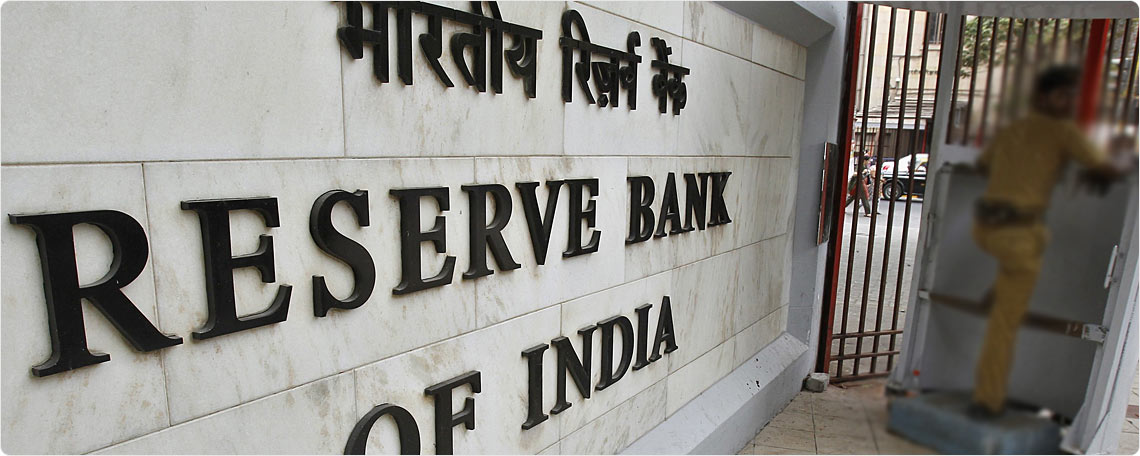stockaxis Market Intelligence (Commentary for November 2018; Outlook for December 2018)
December 05, 2018
|
We are pleased to present to you our monthly market commentary and outlook for the forthcoming month. The ‘stockaxis’ Market Intelligence’ is a quick update on the markets for the month gone by and our view for the next month. Use our sharp and crisp synopsis to continue building your wealth!
Global Trends
- Improvement in granting of construction permits helps India leapfrog to 77th position from 100 in World Bank’s ‘Ease of Doing Business’ ranking.
- India emerges as one of the world’s foremost reformers, according to the World Bank.
- Moody’s expect India to grow at 7.5% in 2018 and 2019.
- Prime Minister Modi pushes India as a ‘favourite destination’ at Singapore’s Fintech Festival as he becomes the first leader to address the gathering.
- World Health Organisation (WHO) praises Swachh Bharat as household sanitation coverage increases by 13% annually during the period 2016-18.
- European Union reveals policy paper on improving ties with India in areas such as trade, infrastructure, investment, defence and security as well as the environment.
- India’s mobile subscriber base all set to touch 1.42 bln by 2024 and 80% will be 4G users by that time.
Domestic Trends
- Government relaxes norms for export of jewellery components such as push backs and locks containing gold of 3 to 22 carats.
- Cotton Textiles Export Promotion Council states Indian cotton textile exports grew 26% in April-Sept 2018. Ongoing trade war between US-China may open new export opportunities.
- IT ministry states that digital payment transactions have risen 3x to Rs. 244.8 crore in August 2018 from October 2016.
- Boston Consulting Group (BCG) report suggests India over-the-top (OTT) content market is expected to reach US$ 5 bln by 2023 due to rising affluence, increase in data penetration in rural areas and adoption across demographics.
- Father’s name no longer mandatory for Permanent Account Number (PAN) applications.
- Report by ‘Great Learning’, an ed-tech platform, suggests 1 mln cloud computing jobs to be created in India by 2022.
- Employees State Insurance Corporation (ESIC) data indicates that 1.6 crore new jobs created in 13 months period ended September 2018.
- Geological Survey finds 44 new coal blocks spread over West Bengal, Jharkhand, Bihar and Odisha. Coal resource in new blocks estimated to be 25,000 mln tonnes.
- Omidyar Network study estimates that digital lending to MSMEs in India expected to rise 10-15 times by 2023 to Rs.6-7 lakh crores in terms of annual disbursements.
- RBI data shows that bank credit grew by 14.88% to Rs.91.11 lakh crore in the fortnight ended November 9, 2018, while deposits grew by 9.13% to Rs. 118.25 lakh crore.
- JLL report indicates commercial office demand rose 18% to 23.4 mln sq. ft during January-September 2018. Bengaluru has the highest absorption, followed by Mumbai and Delhi NCR.
- The Nikkei India Manufacturing PMI rose to a 4-month high of 53.1 in October 2018 from 52.2 in September. A reading above 50 indicates an expansion of the manufacturing sector compared to the previous month.
- The Indian Rupee strengthened vis-à-vis the dollar; it was at INR 69.77 on 30 November 2018 against INR 73.82 as on 1 November 2018.
Market Trends
- MSCI Global Small Cap Index adds 13 Indian stocks in a change. Maximum number of additions from Japan, while maximum number of deletions from Korea.
- Government plans to divest stakes up to US$ 2 bln in public sector undertakings such as ONGC, Indian Oil and Oil India in order to meet target for the year.
- BSE to break off with S&P Dow Jones, the manager and operator of Sensex, and plans to develop its own indices through in-house development.
- Reserve Bank to pump in Rs. 40,000 crore through Open Market Operations (OMOs) in December 2018.Net investment by Domestic Institutional Investors (DIIs) in November 2018 was Rs. 1,309.47 crore against net investment of Rs. 26,033.90 crore in October 2018.
- FIIs recorded a net inflow in Indian equities of Rs. 4,934.11 crore in November 2018 against a net outflow of Rs. 29,201.20 crore in October 2018.
- The Nifty closed at 10,876.75 on 30th November 2018 against 10,386.60 as on 31st October 2018, having risen 490.15 points over the previous month.
- The Nifty 50 P/E ratio was at 26.31 at end-November 2018 against 25 at end-October 2018. The average P/E ratio for the past 12 months is 26.44.
Highlights
- The Good: Crude prices fall, strengthening currency, higher credit growth
- The Bad: Trade wars, expected interest rate rise
stockaxis’ Outlook for December 2018
Sectors impacted by oil prices
Crude prices have dropped in the last couple of months from a high of $76 a barrel reached on October 3rd to $52 a barrel on November 27th. This 30% plus drop is bringing good cheer to the economy and industries where crude is a raw material. It is estimated that a $10 drop in crude improves the GDP by ~ 0.20% to 0.30%. Some of the industries positively impacted by drop in crude prices will be aviation, paints and adhesives, petrochemicals and downstream oil processing and marketing companies.
Fuel costs account for approximately 35%-40% of operating costs of aviation companies. A 30% drop will immediately improve operating margins for these companies. This coupled with robust demand should keep aviation stocks flying high.
Similarly, monomers and titanium dioxide used in paints are derived from crude oil, and account for about 30-35% of the total raw material cost of the sector. Similarly, vinyl acetate monomer, a crude oil derivate and a key raw material for making adhesives accounts for 60% of total raw material cost of adhesives companies. The significant drop in crude prices should improve operating margins of these companies over the medium term as the price benefit in oil derivatives would manifest itself after some time.
Petrochemicals are downstream products manufactured from crude. Some of the major petrochemicals and dependent products manufactured in India that will benefit due to lower crude prices will be purified terephthalic acid (PTA), monoethylene glycol (MEG), polyester staple fibre (PSF), partially oriented yarn (POY), polypropylene or high density polyethylene (HDPE) and linear alkyl benzene (LAB).
Downstream oil refining and processing companies refine crude oil, process it and market and distribute products derived from crude oil and natural gas. The downstream products include petrol, kerosene, jet fuel, diesel oil, heating oil, fuel oils, lubricants, natural gas, and liquefied petroleum gas (LPG) as well as hundreds of petrochemicals. When crude prices go down, for downstream companies, crude oil being a raw-material will now buy oil at lower prices. The prices of their refined products may not necessarily decrease by the same proportion as the decrease in crude prices and as a result, they will record an increase in their margins and profits.
NBFC - liquidity relief
After the IL&FS fiasco that froze liquidity to the NBFC sector, the RBI incentivized banks to kick start lending to NBFCs and housing finance companies (HFCs). Banks can now use government securities as level 1 high-quality liquid asset equivalent to the bank’s incremental lending to NBFCs and HFCs. This should ease the mandatory liquidity coverage ratio (LCR) requirements for banks leaving more funds with them to lend. Also, RBI has allowed banks to lend up to 15% of their capital funds (earlier 10%) to a single non-infrastructure funding NBFC. These measures are expected to facilitate bank lending of over Rs.55,000 crores to NBFCs and HFCs thereby bringing liquidity relief.
Capital goods sector - on the rise
Capital goods companies, which have witnessed subdued earnings for the past few years, are now seeing signs of recovery. Early attempts to revive the sector were interrupted by lower capacity utilization in user industries, demonetization and implementation of the goods and services tax (GST). With improving economic demand, user industries’ capacity utilization has been steadily creeping up throwing out need for fresh capacity creation. Order intake and pace of execution have started improving in leading players which should translate to better revenue visibility.
We, at stockaxis, are constantly on the lookout for great businesses run by honest promoters that are available at the right price with sufficient margin of safety. Our stringent stock selection guidelines and clearly stipulated entry and exit points make equity investing a ‘rich’ experience for our investors!





